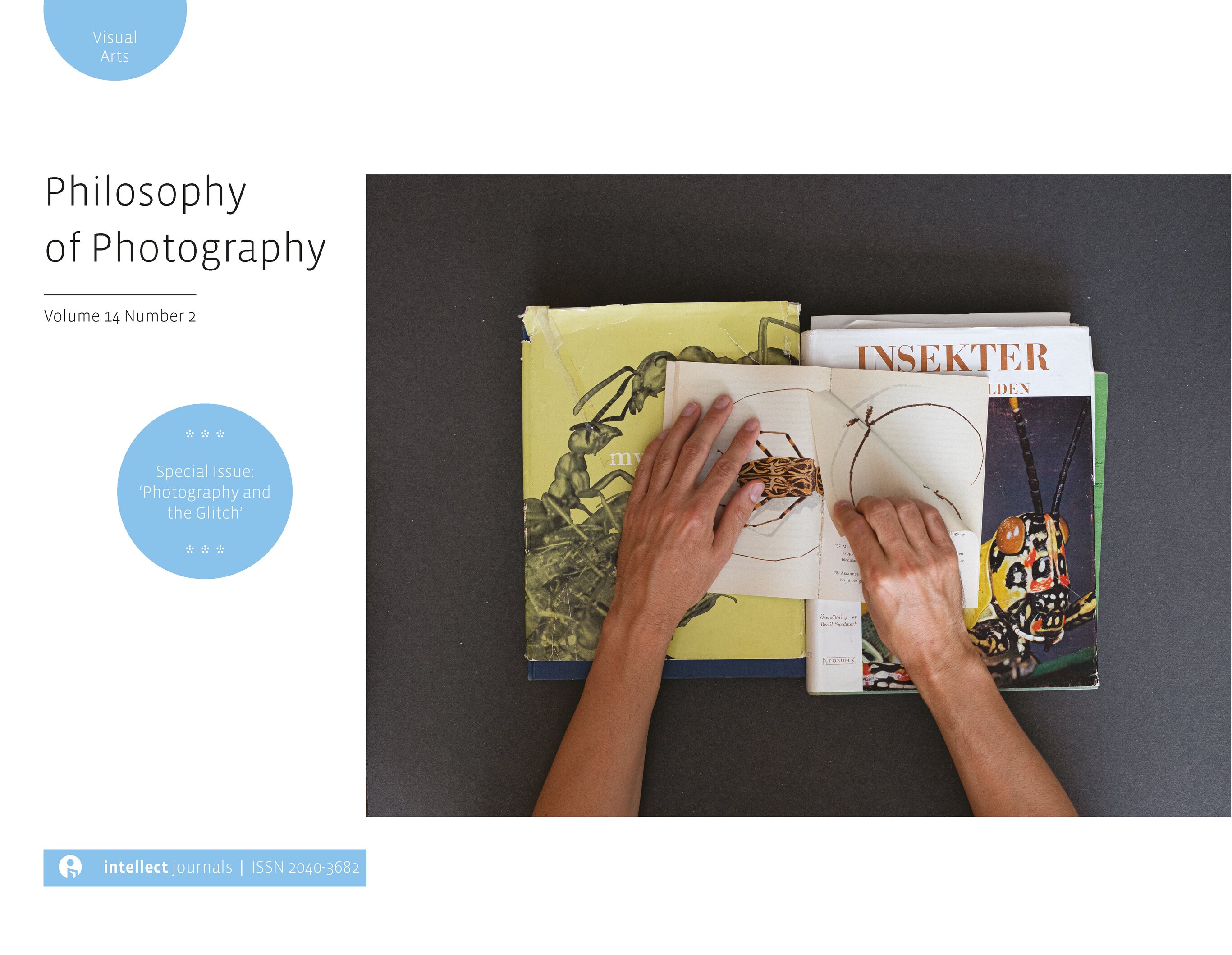
Full text loading...

This article addresses traditional perceptions about photography's position between nature and culture and concomitant schools of thinking focusing pre-dominantly on the photographic image as a form of visual representation. Aiming to develop an alternative perspective it considers a biosemiotic approach and turns to Jakob von Uexküll's model of subjective sentient worlds (Umwelt) that critically dissolves the perceived dualism between nature and culture that has also underpinned most theoretical thinking about photography in the past. Today photography is largely embedded into social media platforms and their interlinked digital networks, which holds far-reaching consequences for a medium that in this current form can only be fully understood if it is considered as a form of embodied material practice. Aiming to understand some of the complex manifestations this technical evolution entails the article further considers the relevance of recent non-representational concepts arising out of cognition theory and cultural geography and uses the 'selfie' as a 'theoretical object'.

Article metrics loading...

Full text loading...
References


Publication Date:
https://doi.org/10.1386/pop_00003_1 Published content will be available immediately after check-out or when it is released in case of a pre-order. Please make sure to be logged in to see all available purchase options.